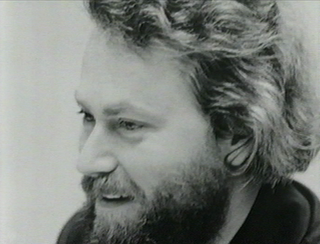
Donald Clarence Judd was an American artist associated with minimalism. In his work, Judd sought autonomy and clarity for the constructed object and the space created by it, ultimately achieving a rigorously democratic presentation without compositional hierarchy. He is generally considered the leading international exponent of "minimalism", and its most important theoretician through such writings as "Specific Objects" (1964). Judd voiced his unorthodox perception of minimalism in Arts Yearbook 8, where he says, "The new three dimensional work doesn't constitute a movement, school, or style. The common aspects are too general and too little common to define a movement. The differences are greater than the similarities."

Milton Glaser was an American graphic designer, recognized for his designs, including the I Love New York logo; a 1966 poster for Bob Dylan; the logos for DC Comics, Stony Brook University, Brooklyn Brewery; and his graphic work on the introduction of the iconic 1969 Olivetti Valentine typewriter.
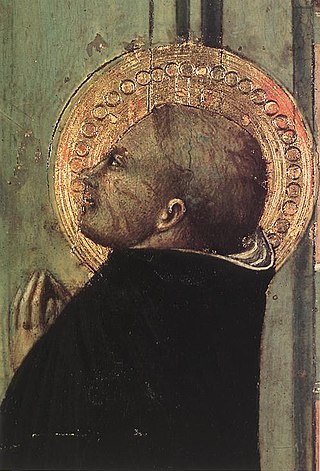
For the village near Livorno, see Sassetta, Tuscany

Don Eddy is a contemporary representational painter. He gained recognition in American art around 1970 amid a group of artists that critics and dealers identified as Photorealists or Hyperrealists, based on their work's high degree of verisimilitude and use of photography as a resource material. Critics such as Donald Kuspit have resisted such labels as superficially focused on obvious aspects of his painting while ignoring its specific sociological and conceptual bases, dialectical relationship to abstraction, and metaphysical investigations into perception and being; Kuspit wrote: "Eddy is a kind of an alchemist … [his] art transmutes the profane into the sacred—transcendentalizes the base things of everyday reality so that they seem like sacred mysteries." Eddy has worked in cycles, which treat various imagery from different formal and conceptual viewpoints, moving from detailed, formal images of automobile sections and storefront window displays in the 1970s to perceptually challenging mash-ups of still lifes and figurative/landscapes scenes in the 1980s to mysterious multi-panel paintings in his latter career. He lives in New York City with his wife, painter Leigh Behnke.
Push Pin Studios is a graphic design and illustration studio founded by the influential graphic designers Milton Glaser and Seymour Chwast in New York City in 1954. The firm's work, and distinctive illustration style, featuring "bulgy" three-dimensional "interpretations of historical styles ,"made their mark by departing from what the firm refers to as the "numbing rigidity of modernism, and the rote sentimental realism of commercial illustration." Eye magazine contextualized the results in a 1995 article for their "Reputations" column:
In an era dominated by Swiss rationalism, the Push Pin style celebrated the eclectic and eccentric design of the passé past while it introduced a distinctly contemporary design vocabulary, with a wide range of work that included record sleeves, books, posters, corporate logotypes, font design and magazine formats.
Lawrence Gipe, is an American painter, independent curator, and Associate Professor of 2D studies at The University of Arizona, Tucson. He received a BFA from Virginia Commonwealth University (1984) and an MFA from the Otis/Parsons Institute of Art and Design, Los Angeles (1986). He maintains a studio practice in Los Angeles, splitting his time between California and Arizona.

David Ligare is a California-based representational painter of landscape, figurative and still life works. His paintings employ formal principles and ideas from Greco-Roman art and Classical history painting in the service of philosophical contemplations of contemporary existence. He has sometimes been characterized as a photorealist, however, many critics reject that categorization. They identify an uncanny, timeless element in his work focused on moral concerns, the past and idealized subjects rather than the reproduction of photographic reality, which belies the photorealist label. Critic Donald Kuspit termed Ligare's paintings "covertly abstract as well as overtly realistic, and thus peculiarly surreal. Formally beautiful as well as insightfully true to appearances, and responsible to the cultural heritage of Classical antiquity, they fuse modernism and traditionalism."
Nachume Miller (1949–1998) was an Israeli artist who immigrated to New York City in 1973, where he made a name for himself in the American Modern Art scene. Miller's parents were both Holocaust survivors. His father was a captain in the front lines of the Russian Army during World War II and his mother was a Lithuanian who had once been held captive in a concentration camp. Both escaped the Nazis, re-united and fled to Israel. Nachume was born during their voyage, in Frankfurt, Germany, on January 28, 1949. He grew up in the town of Holon, Israel, where he was inspired by his father who spent most of his post-war days carving elaborate wood sculptures of Cubist human forms. Nachume, on the contrary, excelled in painting.
Rosemary Feit Covey is an American printmaker, whose work focuses on wood engraving.
Ken Kerslake (1930–2007) was a printmaker and professor credited with being "one of a handful of printmaker-educators responsible for the growth of printmaking in the southeast in the years following World War II." Kerslake taught at the University of Florida in Gainesville, which gave him the title of Distinguished Service Professor Emeritus after his retirement.
Jay Milder is an American artist and a figurative expressionist painter of the second generation New York School.
John Baeder is an American painter closely associated with the photorealist movement. He is best known for his detailed paintings of American roadside diners and eateries.
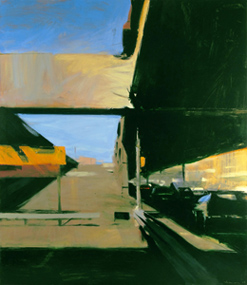
Ben Aronson is an American painter living in Massachusetts. His work is represented by Tibor de Nagy Gallery in New York, Jenkins Johnson Gallery in San Francisco, LewAllen Galleries in Santa Fe, and Alpha Gallery in Boston.
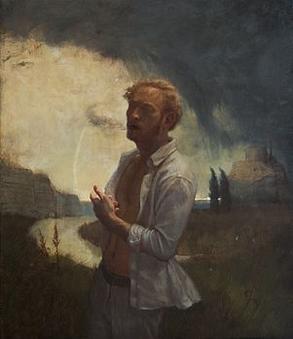
Richard T. Scott is an American history painter and writer living and working in the Hudson Valley, New York. His paintings are in the permanent collections of museums in North America and Europe. He was formerly a member of the Artistic Infusion Program, a group of artists and illustrators contracted to design coins and Congressional Medals for the United States Mint.

Thornton Willis is an American abstract painter. He has contributed to the New York School of painting since the late 1960s. Viewed as a member of the Third Generation of American Abstract Expressionists, his work is associated with Abstract Expressionism, Lyrical Abstraction, Process Art, Postminimalism, Bio-morphic Cubism and Color Field painting.

Sharon Gold is an American artist and associate professor of painting at Syracuse University. Gold's artwork has been installed at MoMA PS1, Dia Art Foundation, Carnegie Mellon University, Rose Art Museum at Brandeis University, Everson Museum of Art, and Princeton University Art Museum. She was a fellow at MacDowell Colony. Gold's work has been reviewed by Arthur Danto, Donald Kuspit, Ken Johnson, and Stephen Westfall in a variety of publications from Artforum to the New York Times, New York Magazine, Arts Magazine, Art News, and many others. She also taught at Princeton University, Pratt Institute, Virginia Commonwealth University, University of Texas at San Antonio, San Francisco Art Institute, and the Tyler School of Art. Gold received a National Endowment for the Arts fellowship and wrote for Re-View Magazine, M/E/A/N/I/N/G/S, and Artforum. Her artwork spans across minimalism, monochromatic abstraction, geometric abstraction, and representational painting and is conceptually informed by structuralism, existential formalism, and feminist theory.
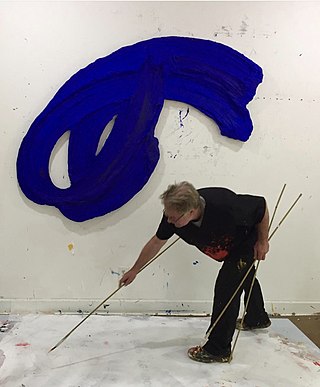
Donald Martiny is an American artist. His abstract paintings are related to both action painting and Abstract expressionism.
Luca Pignatelli is an Italian artist.
Shalom Tomáš Neuman is a Czech- American artist, museum founder, and the driving force behind the visual arts concept of "fusionism".

David Black was an American sculptor known for both, his pioneering, avant-garde use of plastics and his monumental, aluminum, large scale public sculptures.